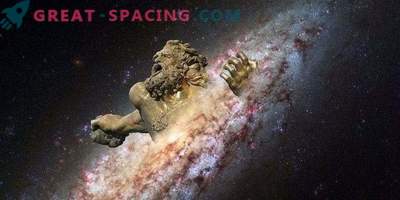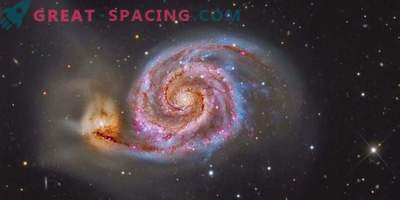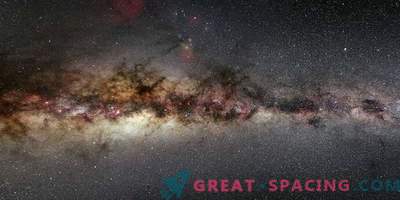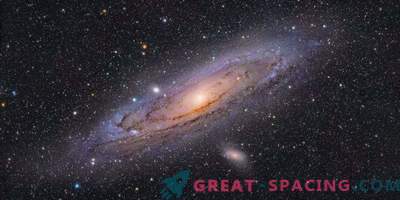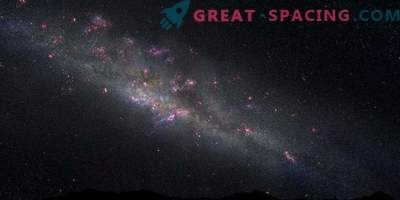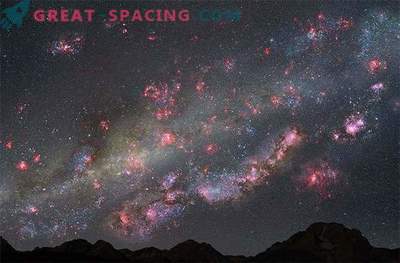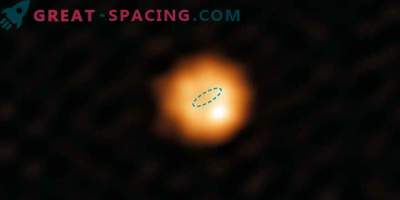
A new study indicates that the Milky Way will live in its present state a little longer than previously thought. The work is based on observations from the Gaia spacecraft. Everything suggests that the collision of our galaxy with the Andromeda galaxy will occur in about 4.5 billion years (previously it was believed that in 3.9 billion years).

A view of the Andromeda Galaxy (M31) with measurements of stellar motion. It is a spiral galaxy and the nearest neighbor of the Milky Way.
This information influences our understanding of galactic development and interaction. Gaia's mission launched in December 2013 to create the best 3D map of the Milky Way. The spacecraft managed with high accuracy to control the location and movement of a huge number of stars and other celestial objects. The team is committed to the end of the mission to track down more than 1 billion stars.
Most of the observed stars reside in the Milky Way, but some are in neighboring galaxies. In a new study, it was possible to study stellar objects in the Andromeda galaxy (M31) and the Triangle (M33). These neighboring galaxies are 2.5-3 million light-years distant from us and capable of contact.
To study the development and growth of galaxies, it was necessary to study their movement in three-dimensional space. This was accomplished thanks to the second release of high-quality Gaia satellite data.

Future orbital trajectories of three spiral galaxies: the Milky Way (blue), Andromeda (red) and Triangle (green). The first two are to collide in 4.5 billion years.
The new work made it possible to calculate the rotational speed of the M31 and M33, which had not been possible before. Using data from Gaia and analysis of archival information, the researchers determined how the galaxies moved in space in the past and where they would go over the next several billion years.
The created model offers a later date for the collision of the Milky Way and the Andromeda Galaxy. In addition, they indicate that this will be a side impact rather than a head-on collision. Since the distances between the stars are huge, our solar system must remain intact after 4.5 billion years.
The mission of Gaia created to map the stars in the Milky Way. However, a new study proves that the satellite exceeds all expectations and is able to provide unique information about the structure and dynamics of galaxies. By the way, before merging with the Andromeda galaxy, the Milky Way is preparing to devour the Large Magellanic Cloud in 2.5 billion years.


